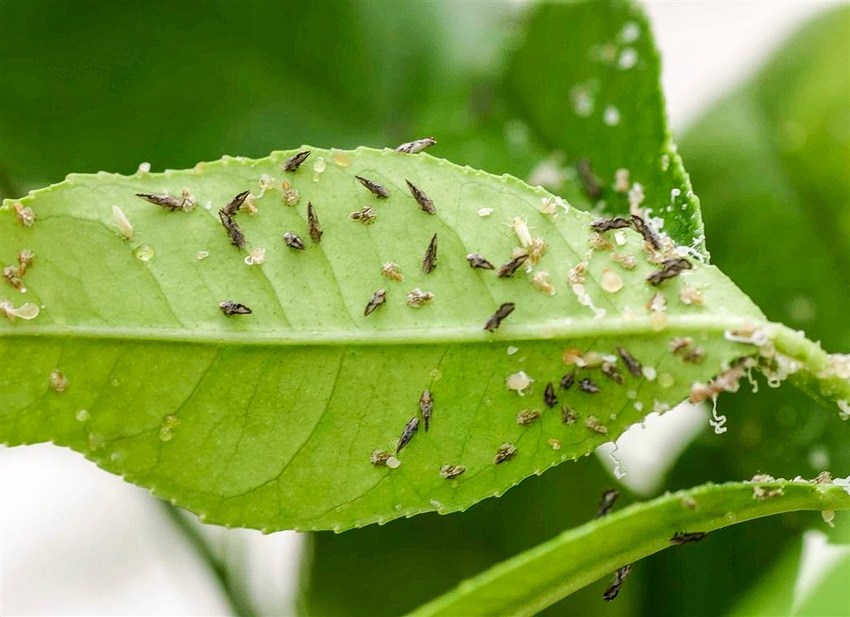
California officials continue so increase the quarantine zone for the Asian citrus psyllid in Tulare County as more finds are reported.
The latest move brings to 870 the number of square miles under regulatory quarantine in the major citrus-producing county.
Tulare County’s ACP quarantine has grown ever since officials first discovered the pest in the county in 2012. With one exception, the psyllid discoveries were made during normal trap inspections, and have typically been one or two finds at a time.
More from Western Farm Press
Photos: Citrus growers remove groves due to drought
Napa County intercepts GWSS eggs in nursery stock
One continuous quarantine zone encompasses the eastern edge of the valley floor in Tulare County, and includes the entire communities of Terra Bella, Porterville, Lindsay, Farmersville, Ivanhoe, Orosi, and Dinuba.
All of Orange Cove and about half of Reedley in Fresno County are also under quarantine. Check out the quarantine map.
Also, a single ACP was detected west of Exeter near the community of Farmersville recently and may lead to another quarantine expansion later this month. The parameters and size of that additional new regulated area are being determined.
Other counties quarantined
In addition to the developments in Tulare County, ACP quarantines remain in place in Fresno, Kern, Imperial, Los Angeles, Orange, Riverside, San Bernardino, San Diego, San Luis Obispo, Santa Barbara, and Ventura counties.
The ACP is an invasive species of grave concern since it can vector the disease Huanglongbing (HLB), also known as citrus greening. All citrus and closely related species are susceptible hosts for the insect and the disease. There is no cure once a tree becomes infected.
The diseased tree will decline in health until it dies.
HLB was detected in 2012 in a residential tree in Hacienda Heights, Los Angeles County. HLB is also found in Mexico and parts of the southern U.S.
Florida first detected the pest in 1998 and the disease in 2005, and the two have been detected in all 30 citrus-producing counties in that state. The University of Florida estimates the disease has cost more than 6,600 lost jobs, $1.3 billion in lost revenue to growers and $3.6 billion in lost economic activity.
The disease is present in Georgia, Louisiana, South Carolina, and Texas. The states of Alabama, Arizona, Hawaii, and Mississippi have detected the pest but not the disease.
Residents in the area who may have seen the Asian citrus psyllid are urged to call the California Department of Food and Agriculture's Pest Hotline at (800) 491-1899.
For more information on ACP and HLB, visit: www.cdfa.ca.gov/go/acp.
About the Author(s)
You May Also Like






